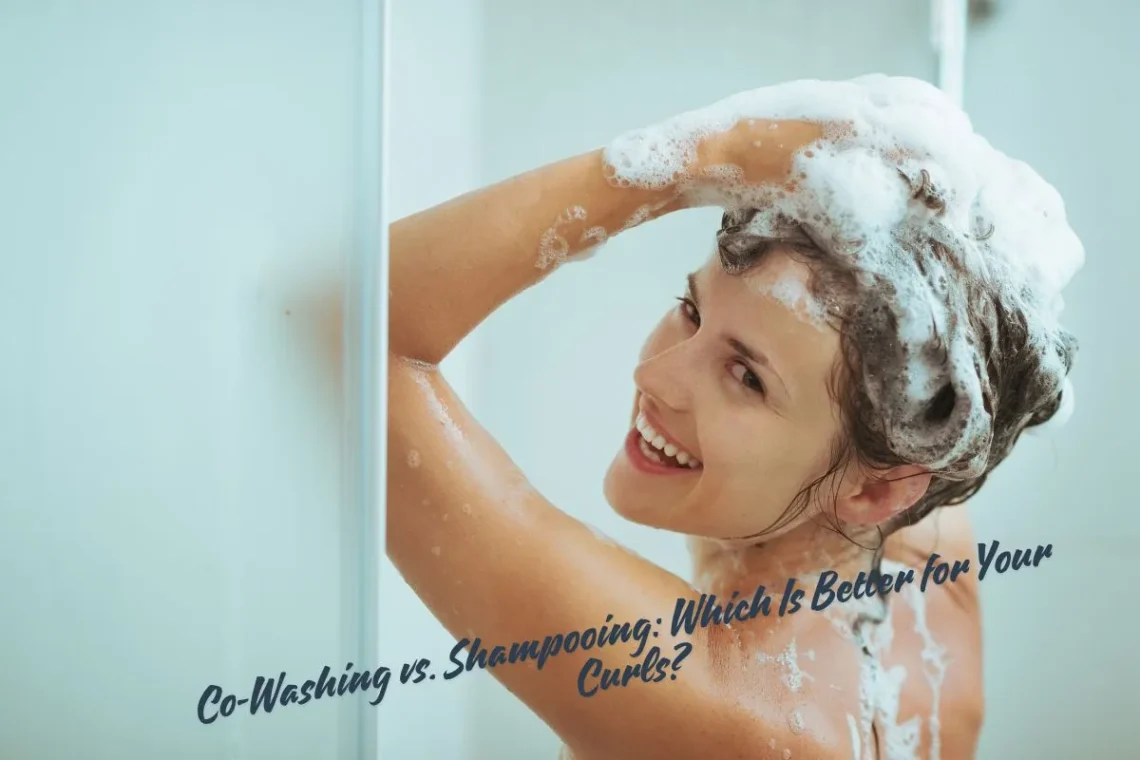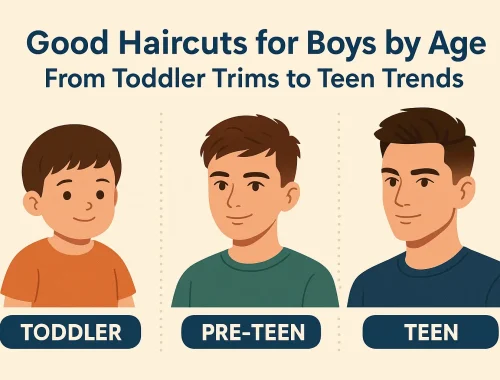
Co-Washing vs. Shampooing: Which Is Better for Your Curls?
Washing curly hair isn’t just a routine—it’s a crucial part of keeping your curls healthy, hydrated, and full of bounce. But when it comes to how you wash curly hair, you’ve likely heard of two main methods: co-washing and shampooing. So, which one should you trust with your spirals, coils, or waves?
In this article, we’ll compare co-washing vs. shampooing, explore how each method affects curly hair, and help you decide which cleansing routine suits your hair texture type, lifestyle, and curl goals.
Table of Contents
ToggleWhat Is Co-Washing?
Co-washing stands for “conditioner-only washing.” It means skipping traditional shampoo and using a curl-friendly product, like a cleansing conditioner, to remove buildup while preserving your hair’s natural oils.
This method has gained major popularity among curly-haired individuals because curly hair tends to be naturally dry. The twists and turns of each curl make it difficult for natural hair oils to travel from the scalp down the strand.
✅ Co-Washing Curly Hair Benefits:
-
Moisture retention for softer, more manageable curls
-
Reduces frizz and enhances curl pattern definition
-
Ideal for dry, coarse, or chemically treated hair
-
Gentle on the scalp and perfect for frequent washing
What Is Shampooing?
Traditional shampooing uses surfactants (like sulfates) to cleanse the scalp and hair. While it removes dirt and product buildup, it can sometimes strip curly hair of essential oils—especially if you’re using harsh or non-sulfate-free shampoo for curly hair.
But that doesn’t mean shampoo is bad! It’s all about choosing the right formula and knowing how often to shampoo.
✅ Benefits of Shampooing:
-
Effectively removes buildup from products and oils
-
Keeps scalp clean and prevents clogged follicles
-
Important for hygiene, especially if you sweat a lot or use styling products
Co-Washing vs. Shampooing: What’s the Difference?
Let’s break it down:
| Feature | Co-Washing | Shampooing |
|---|---|---|
| Main Purpose | Hydration & light cleansing | Deep cleansing |
| Product Used | Conditioner | Shampoo |
| Cleansing Power | Mild | Stronger |
| Frequency | More frequent | Less frequent |
| Hair Type Suitability | Dry, coarse, curly | All types, esp. oily or buildup-prone |
| Frizz Control | Excellent | Depends on formula |
When to Co-Wash
Co-washing is a great option if you:
-
Have tight curls or coils that are naturally dry
-
Want to wash your hair frequently (e.g., after workouts)
-
Are transitioning to natural hair and avoiding harsh chemicals
-
Use minimal styling products that don’t create a lot of buildup
For best results, use the best conditioner for co-washing that’s silicone-free, moisturizing, and lightweight. Apply it directly to your scalp and massage gently for gentle scalp cleansing without irritation.
When to Shampoo
You’ll want to reach for shampoo if you:
-
Notice flaking, itchiness, or scalp buildup
-
Use styling gels, oils, or sprays regularly
-
Have fine curly hair that can be weighed down by co-washing
-
Want to reset your curls after product-heavy routines
Opt for a sulfate-free shampoo for curly hair that contains natural oils, glycerin, and no drying alcohols. These formulas provide build-up removal without stripping your strands.
What About Low-Poo?
A popular middle ground between co-washing and shampooing is the low-poo method—using mild, sulfate-free shampoos that cleanse the hair without over-drying. This is ideal for curlies who want a fresh scalp but still value moisture and softness.
How Often Should You Wash Curly Hair?
Your washing frequency depends on your hair type, lifestyle, and product usage. Here’s a general guide:
-
Type 2 (Wavy): Shampoo once a week, co-wash once mid-week
-
Type 3 (Curly): Shampoo every 1–2 weeks, co-wash as needed
-
Type 4 (Coily/Kinky): Shampoo every 2 weeks, co-wash once or twice a week
If you’re unsure, try alternating between both methods to find your balance.
Key Tips for Your Curly Hair Cleansing Routine
Whether you’re co-washing or shampooing, keep these tips in mind for the best curly hair cleansing routine:
🌀 Pre-Detangle
Detangling curls while washing is easier when hair is wet and coated in conditioner. Use a wide-tooth comb or your fingers to reduce breakage.
🌀 Focus on the Scalp
Always cleanse your scalp thoroughly to remove sweat and dirt, which encourages healthy hair growth and better hair cuticle health.
🌀 Rinse with Cool Water
Cool rinses help seal the cuticle, reduce frizz, and improve shine, essential for frizz control techniques.
🌀 Moisturize After Washing
Apply a leave-in conditioner or curl cream after washing to lock in lightweight hydration and preserve definition.
Best Products for Washing Curly Hair
Here are some must-haves for your wash day essentials:
-
Gentle hair cleansers for curls with aloe vera, coconut oil, or marshmallow root
-
Best conditioner for co-washing, like DevaCurl No-Poo or As I Am Coconut CoWash
-
Moisturizing curly hair techniques using deep conditioners weekly
-
Shampoo alternatives for curly hair, like cleansing creams or clay-based rinses
Pros and Cons Summary
✅ Co-Washing Pros:
-
Adds moisture
-
Reduces frizz
-
Ideal for frequent washes
-
Supports dryness prevention
⚠️ Co-Washing Cons:
-
Doesn’t remove heavy buildup
-
May not suit oily scalps
-
Requires occasional clarification
✅ Shampooing Pros:
-
Deep clean
-
Removes buildup
-
Maintains scalp hygiene
⚠️ Shampooing Cons:
-
May dry out curls
-
Harsh formulas can cause curl pattern damage
Final Thoughts: Which Is Better?
There’s no one-size-fits-all answer to how to wash curly hair. The best method depends on your hair’s needs, your lifestyle, and the products you use. Many curlies find success by alternating both methods in a customized curly hair cleansing routine—co-washing for hydration, shampooing for clarity.
If your curls crave moisture, start with co-washing and monitor how your scalp and hair feel. If buildup becomes an issue, introduce low-poo vs co-wash methods to find a happy medium.
At the end of the day, listening to your curls is key. Whether you’re a co-wash queen or a shampoo traditionalist, your hair will flourish with the right approach—and a little patience.
You May Also Like

Skinimalism: Simplify Your Skin Routine to Look Your Best
August 12, 2025
Low Taper Fade for Every Hair Type: Straight, Wavy, Curly & Coily
June 13, 2025

